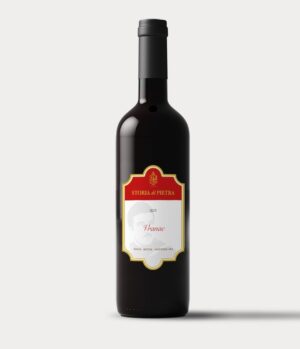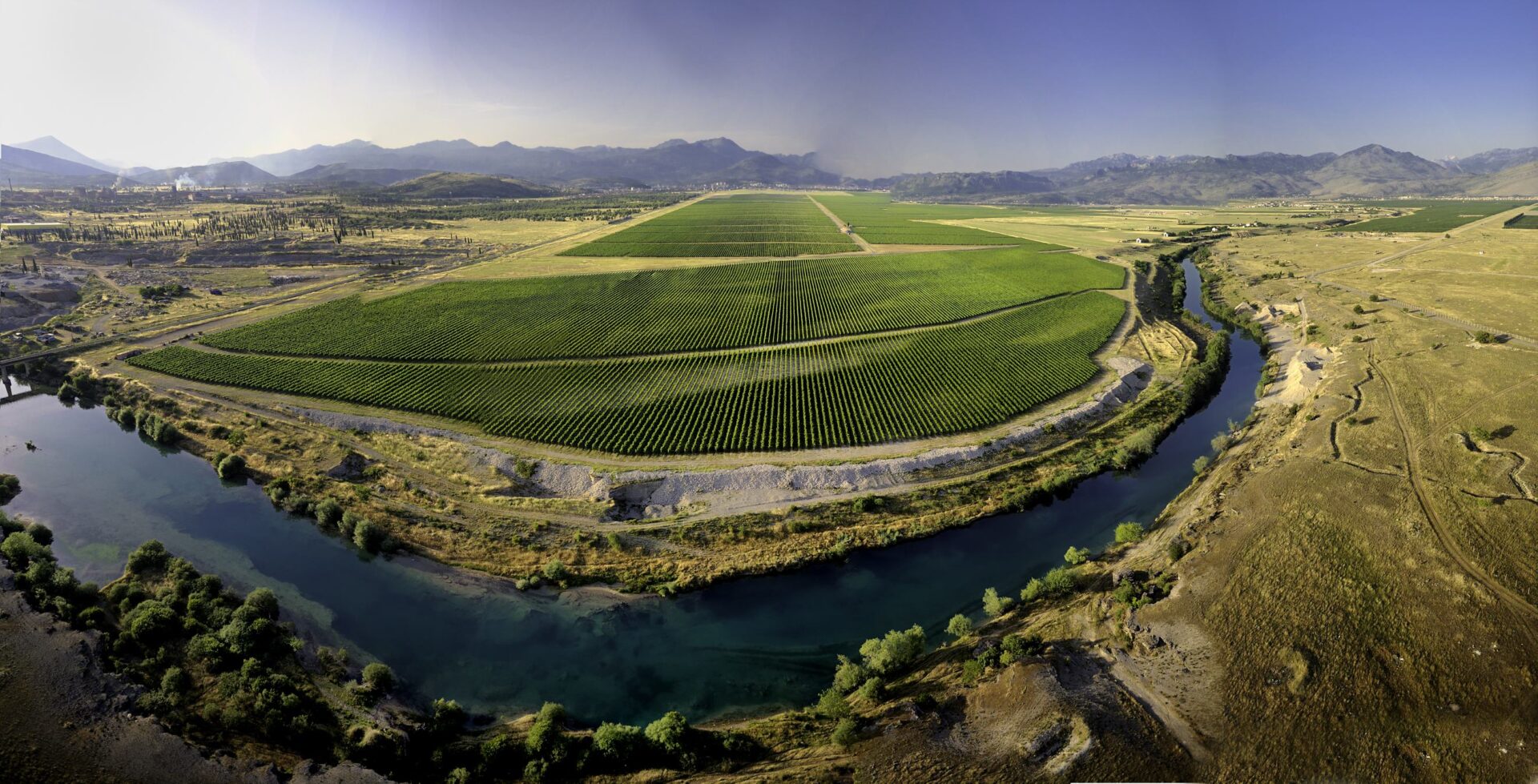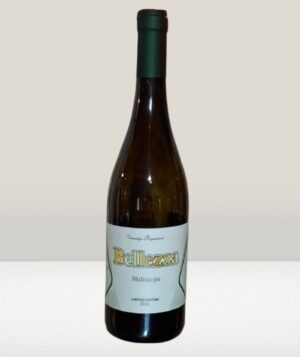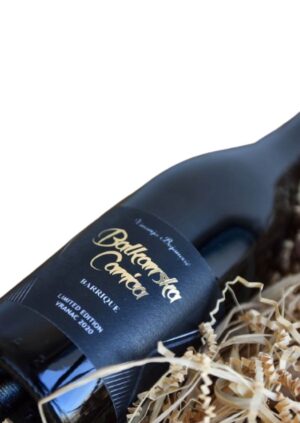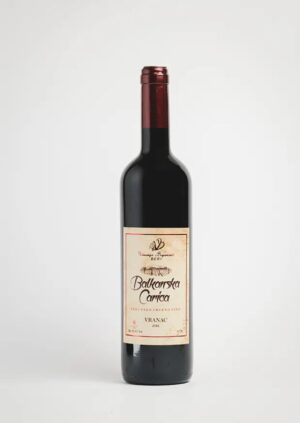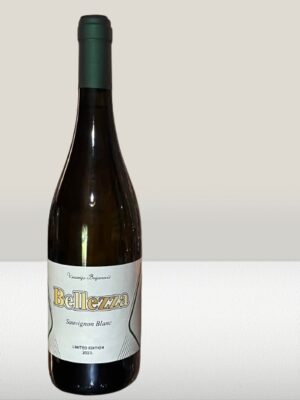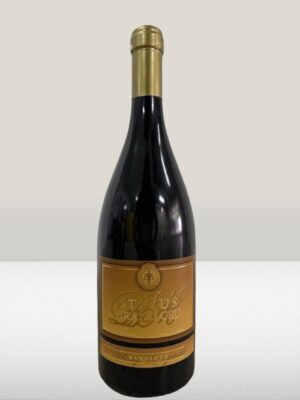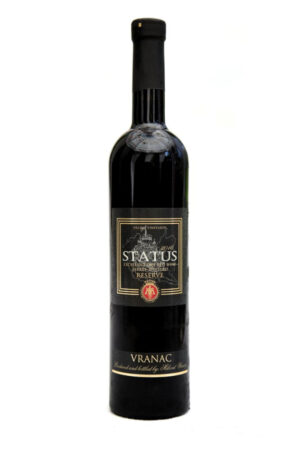You can contact us 24/7 0 800 300-353
22,05 €
Subtotal: 22,05 €
Add 27,95 € to cart and get free shipping!
Free Shipping on All Orders Over $100
22,05 €
Subtotal: 22,05 €
Add 27,95 € to cart and get free shipping!
Free Shipping on All Orders Over $100
4 regions and 11 subregions to explore
All Montenegrin wineries in one place
Wine tour bookingin 3 easy steps
The biggest offer of Montenegrin wines
Customer support
Flexible cancellation policy
Explore our map
Guided wine tours
Bogojević Winery – self-cooking experience & wine tasting
68,00 € VAT is included in the priceMarković Winery – accommodation in XIX & XX century house interior (with breakfast)
113,85 € VAT is included in the priceMarković Winery – accommodation in modern room interior (with breakfast)
124,20 € VAT is included in the priceMarković Winery – accommodation in Venetian style coastal house (with breakfast)
113,85 € VAT is included in the priceThe History of Winemaking in Montenegro
The history of Montenegrin winemaking dates back to the pre-Romanesque period. During the era of the Illyrian state, which occupied the territory of modern-day Montenegro, vineyards grew in the Skadar Lake valley. In the coastal region and its hinterlands, wild grapevines could be found within the forest vegetation.
Their main fortifications were concentrated along the Montenegrin coast and the coastal part of Skadar Lake, as evidenced by the ruins of ancient cities like Risan, Budva, and Ulcinj, as well as numerous artifacts of material culture. Scepters and fragments of Gnathian vases, along with Italo-Greek amphorae from the 4th–3rd centuries BC, confirm the strong influence of Greece on viticulture development in Montenegrin coastal areas. Artifacts found in the Bay of Kotor attest to trade and wine transport by ship.
Among the amphorae from the 1st and 2nd centuries AD, grapevine twigs were used as cushioning material and were preserved in sediment that acted as a natural preservative. A mosaic depicting a grapevine leaf, dating to 300 AD, is a significant part of Montenegro’s cultural heritage and can be found in Petrovac.
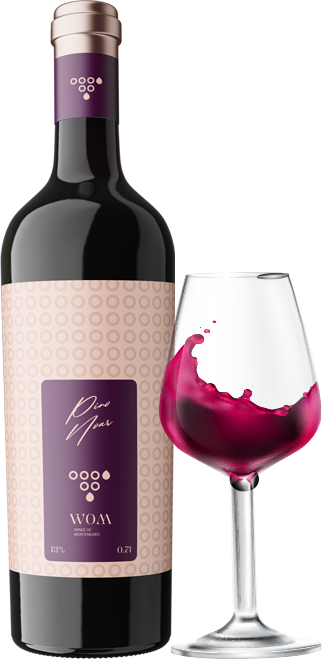
Indigenous grape varieties
Montenegro is a country with a rich wine tradition,
and its indigenous grape varieties form the foundation of its viticultural production. Among them, the most prominent are the varieties Vranac, Kratošija, and Krstač, which dominate the grape composition of Montenegrin vineyards. These varieties are of exceptional importance to Montenegro’s enological heritage, as they have been developed and adapted to the specific climatic and soil conditions of the region, making them recognizable for their unique character.
In addition to these, other indigenous varieties such as Lisičine, Muškaćele, Čubrice i Žižaka are still cultivated in some areas, preserved from oblivion as part of the country’s wine heritage. Each of these varieties carries a specific potential that has not yet been fully exploited but presents a great opportunity for the development of Montenegrin viticulture and the promotion of indigenous wines on the global market.
These varieties not only contribute to the richness of Montenegrin wines but also shape the wine culture, deeply rooted in history and tradition. Revitalizing and preserving indigenous varieties is a key component in the strategy for branding Montenegro as a wine destination, which has great potential for the development of wine tourism and international recognition.
Recommended wines
Join our newsletter for offers!
Sign up now to receive the latest updates on promotions and coupons. Don’t worry, we won’t spam you!

